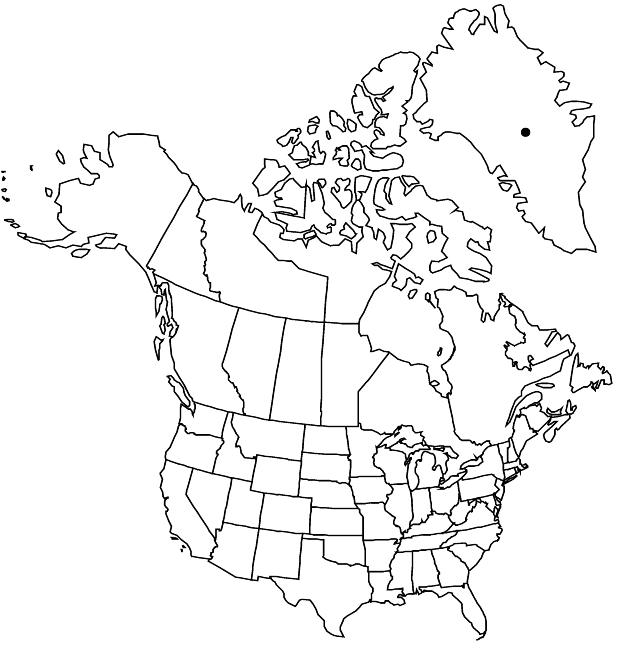Difference between revisions of "Saxifraga nathorstii"
Denkschr. Kaiserl. Akad. Wiss., Wein. Math.-Naturwiss. Kl. 77: 661. 1905 (as nathorsti),.
FNA>Volume Importer |
FNA>Volume Importer |
||
| Line 6: | Line 6: | ||
|place=77: 661. 1905 (as nathorsti), | |place=77: 661. 1905 (as nathorsti), | ||
}} | }} | ||
| − | |basionyms={{Treatment/ID/ | + | |basionyms={{Treatment/ID/Basionym |
|name=Saxifraga oppositifolia var. nathorstii | |name=Saxifraga oppositifolia var. nathorstii | ||
|authority=Dusén | |authority=Dusén | ||
| + | |publication_title=Bot. Not. | ||
| + | |publication_place=1901: 76. 1901 (as nathorsti) | ||
}} | }} | ||
|synonyms= | |synonyms= | ||
| Line 49: | Line 51: | ||
|publication year= | |publication year= | ||
|special status= | |special status= | ||
| − | |source xml=https://jpend@bitbucket.org/aafc-mbb/fna-data-curation.git/src/ | + | |source xml=https://jpend@bitbucket.org/aafc-mbb/fna-data-curation.git/src/f6b125a955440c0872999024f038d74684f65921/coarse_grained_fna_xml/V8/V8_267.xml |
|genus=Saxifraga | |genus=Saxifraga | ||
|species=Saxifraga nathorstii | |species=Saxifraga nathorstii | ||
Revision as of 20:28, 24 September 2019
Plants loosely mat-forming, not stoloniferous, rhizomatous, from caudex. Leaves cauline, (not imbricate), opposite (distalmost alternate); petiole absent; blade oblanceolate to elliptic, unlobed, 5–9 mm, fleshy, margins entire, ciliate, with 1(–3) lime-secreting hydathodes, apex obtuse, surfaces glabrous. Inflorescences solitary flowers, sometimes 2-flowered cymes, ebracteate, 3–4 cm, glabrate. Flowers: sepals erect, ovate, margins ciliate, surfaces glabrous; petals salmon to flesh colored, sometimes red or orange, rarely yellow, sometimes violet tinged, not spotted, obovate to oblanceolate, 12–15 mm, longer than sepals; ovary to 1/4 inferior. 2n = 52.
Phenology: Flowering summer.
Habitat: Arctic marshes, damp tundra, alluvial river beds, dessicated ponds, inland nunataks
Elevation: 0-1200 m
Discussion
Saxifraga nathorstii is known only from northeastern Greenland. T. W. Böcher (1941) showed cytologically that this species may be an allopolyploid that originated as a hybrid between S. oppositifolia and S. aizoides; morpho-logically, phenologically, and ecologically, it is intermediate between the two species (see also T. J. Sørensen 1933).
Selected References
None.
